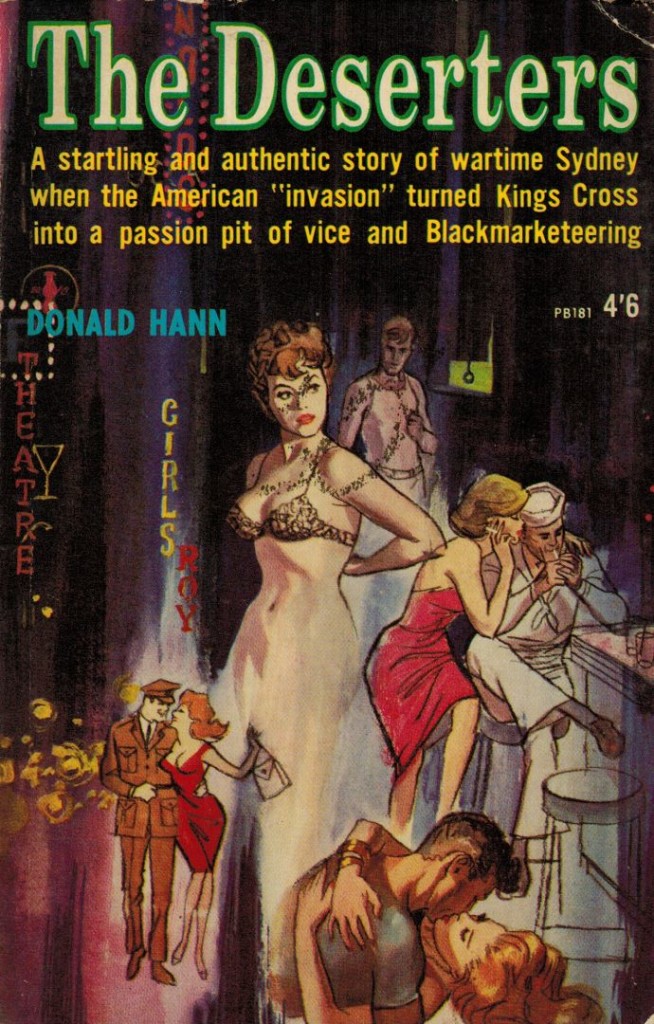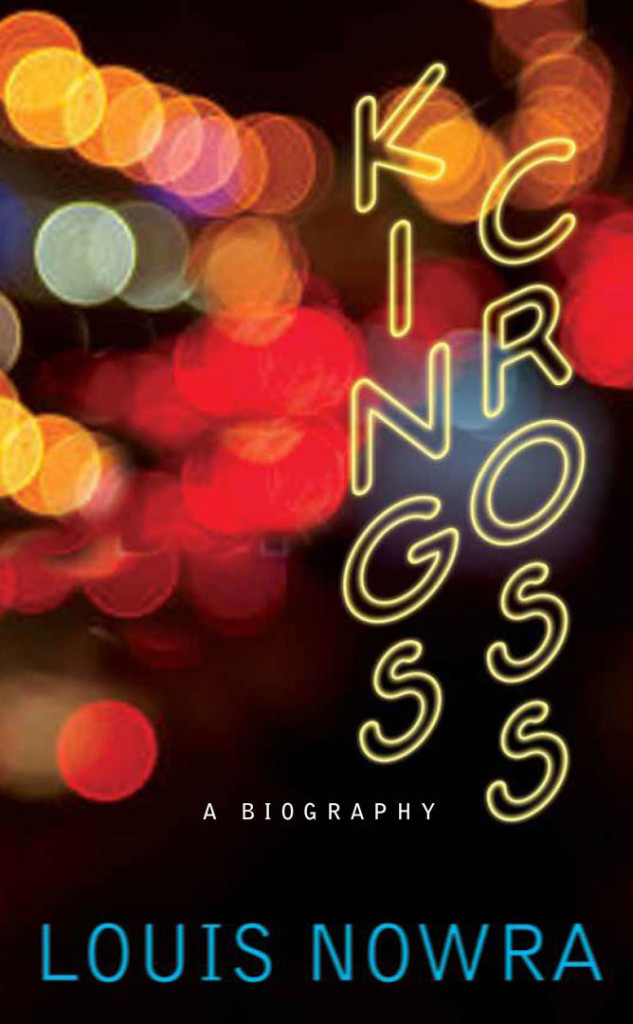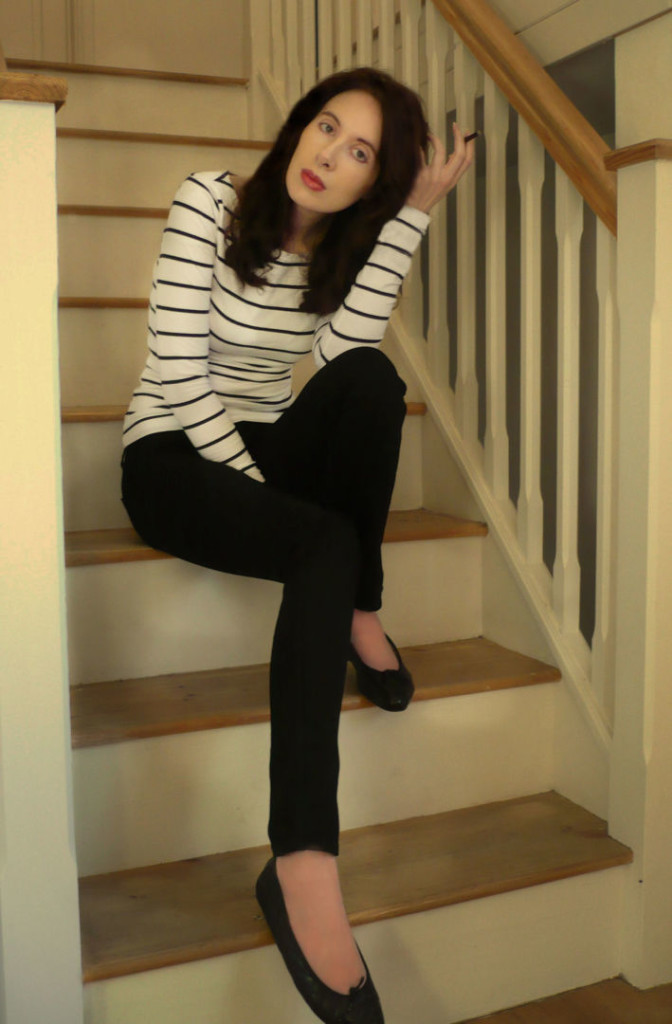 “A startling and authentic story of wartime Sydney when the American ‘invasion’ turned Kings Cross into a passion pit of vice and black marketing.”
“A startling and authentic story of wartime Sydney when the American ‘invasion’ turned Kings Cross into a passion pit of vice and black marketing.”
Earlier this week I reviewed Louis Nowra’s terrific social history Kings Cross A Biography for the Overland Journal website.
Kings Cross has always had a particular place in our popular imagination as Australia’s capital of sin, sleaze and crime.
The terrific 1995 television mini-series Blue Murder and the not-so-wonderful Underbelly: Razor and Underbelly: The Golden Mile all did their bit to maintain this unsavoury reputation.
In the sixties and early seventies, Kings Cross was also a favourite setting for locally published pulp novels.
As I have discussed many times on this site, pulp fiction is a warped reflection of mainstream society, its illicit desires, fears and fascinations. Thus it was with pulp’s depiction of the Cross as a virtual Sodom and Gomorrah of sex, gambling, crime and human depravity of every description.
Wild youth gangs, criminal syndicates, black magic, pulp took all of these and turned them into portable, pocket sized key pieces of key hole voyeurism. From a publishing perspective they sold a bomb to punters eager for vicarious thrills and a peek of the dark goings on in the Cross.
Nowra’s book didn’t touch on this this particular aspect of Kings Cross’s hold on our popular imagination.… Read more























